
How to Maximize Your Yield in a Commercial Greenhouse Setup
In the ever-evolving landscape of agriculture, the potential of a Commercial Greenhouse setup has emerged as a vital solution to meet the growing global demand for food. According to the U.S. Department of Agriculture (USDA), greenhouse production has seen a remarkable growth trend, with an increase in U.S. production of greenhouse vegetables rising by 16% from 2019 to 2021. The controlled environment of a Commercial Greenhouse allows for optimal plant conditions, which can lead to higher yields and extended growing seasons. Furthermore, a report by Markets and Markets predicts that the global greenhouse market is expected to grow from $35.7 billion in 2021 to $47.0 billion by 2026, driven by factors such as sustainable farming practices and the rising population. This highlights the importance of maximizing yield in this sector, ensuring not only profitability but also the sustainability of food production systems. Understanding the key strategies and techniques to enhance yield in a Commercial Greenhouse is essential for growers looking to capitalize on this lucrative market.
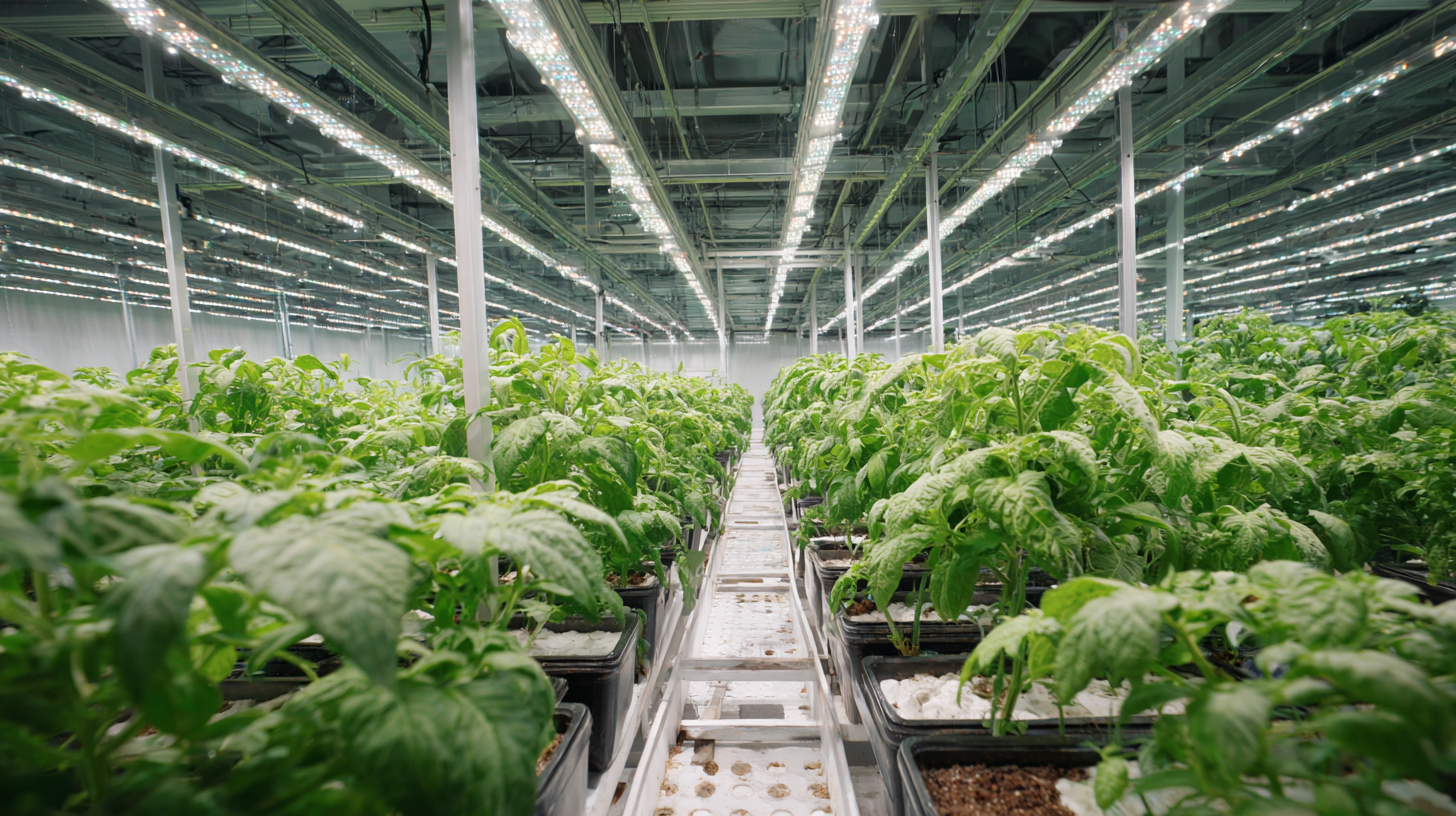
Selecting the Right Location for Your Greenhouse Setup
Selecting the right location for your greenhouse setup is crucial for maximizing yield and ensuring a successful growing season. According to a report by the American Society for Horticultural Science, the optimal site should receive at least six hours of direct sunlight daily. This exposure is vital as light intensity directly impacts plant growth and photosynthesis. Additionally, the location should be sheltered from harsh winds, which can not only reduce temperatures inside the greenhouse but also lead to moisture loss and increased stress on plants.
Soil quality and accessibility are also important factors to consider. Research conducted by the University of California’s Division of Agriculture and Natural Resources indicates that well-drained soil with good organic content can significantly improve plant health and productivity. Furthermore, proximity to water sources ensures efficient irrigation, which is essential for maintaining optimal moisture levels and preventing under or over-watering. The combination of these environmental factors lays the foundation for a thriving greenhouse, enabling growers to achieve their desired yields efficiently.
Maximizing Yield in a Commercial Greenhouse Setup
This chart illustrates the average yield (in kg per square meter) for various crops grown in a greenhouse setting, indicating optimal crop selection for maximizing production.
Choosing Optimal Crops for Maximum Profitability
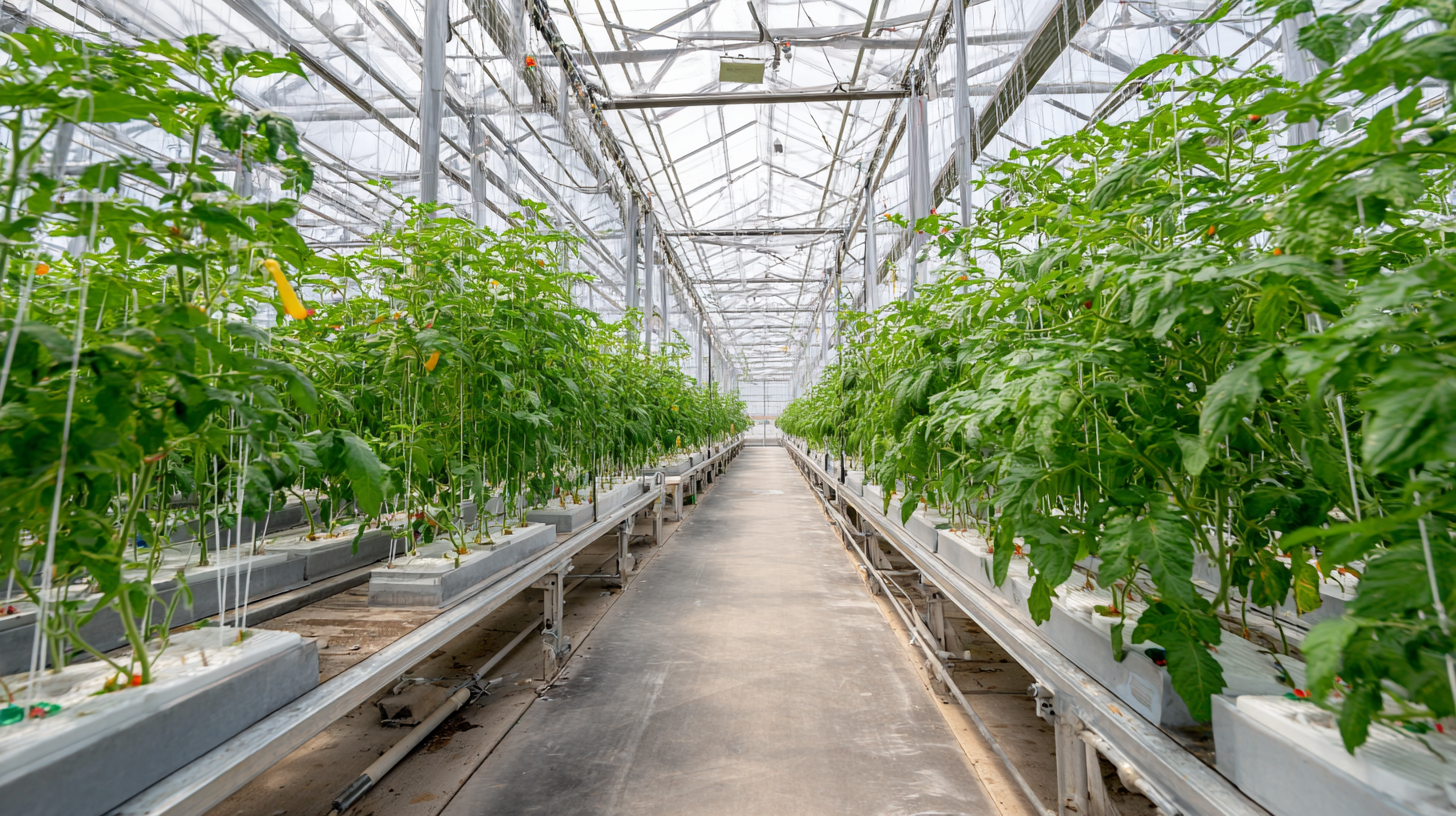 When setting up a commercial greenhouse, choosing the right crops is critical for maximizing profitability. Recent industry reports indicate that certain high-value crops, like tomatoes, cucumbers, and lettuce, can yield higher returns per square foot compared to traditional field crops. For example, hydroponic lettuce can generate up to $20 per square foot annually, whereas conventional lettuce might only yield about $5 per square foot. This stark difference highlights the importance of selecting crops that not only grow well in a controlled environment but also meet market demand.
When setting up a commercial greenhouse, choosing the right crops is critical for maximizing profitability. Recent industry reports indicate that certain high-value crops, like tomatoes, cucumbers, and lettuce, can yield higher returns per square foot compared to traditional field crops. For example, hydroponic lettuce can generate up to $20 per square foot annually, whereas conventional lettuce might only yield about $5 per square foot. This stark difference highlights the importance of selecting crops that not only grow well in a controlled environment but also meet market demand.
In addition to these high-value crops, incorporating niche varieties can also enhance profitability. According to a report by the Greenhouse Grower, specialty items such as microgreens and heirloom tomatoes are gaining traction among consumers looking for fresh, unique produce. Restaurants and local markets are increasingly interested in sourcing these specialty crops, leading to potentially higher prices. It’s essential for greenhouse operators to research local market trends and consumer preferences to ensure that their crop selection aligns with current demands, thereby maximizing both yield and profit margins.
Implementing Efficient Irrigation and Fertilization Techniques
Efficient irrigation and fertilization techniques play a crucial role in maximizing yield in a commercial greenhouse setup. According to a report by the National Agricultural Statistics Service, greenhouse operators can increase their crop yield by up to 30% through the implementation of advanced irrigation systems such as drip or automated systems. These methods not only ensure that plants receive the right amount of water but also minimize waste, allowing for a more sustainable approach to cultivation.
Tips for Efficient Irrigation: To enhance your irrigation strategy, consider using soil moisture sensors that provide real-time data on soil conditions. This allows for precise watering schedules, reducing over-irrigation and ensuring optimal moisture levels for plant growth. Additionally, integrating a rainwater harvesting system can further decrease reliance on municipal water sources, contributing to both cost savings and environmental sustainability.
Fertilization efficiency is equally important. A study from the American Society for Horticultural Science indicates that utilizing fertigation—a method of delivering fertilizers directly through irrigation systems—can lead to a 15-25% increase in nutrient uptake by plants. This technique not only improves plant health and yield but also reduces fertilizer runoff, minimizing environmental impact.
Tips for Effective Fertilization: Regular soil testing is essential to determine nutrient levels and tailor your fertilization strategy accordingly. By understanding the specific needs of your crops, you can apply the right fertilizers at the right times, optimizing both growth and resource use. Additionally, consider using slow-release fertilizers to provide continuous nutrient availability, which can help maintain consistent growth and yield throughout the growing season.
Utilizing Technology for Monitoring and Automation
In a commercial greenhouse setup, leveraging technology for monitoring and automation can significantly enhance operational efficiency and maximize yield. Implementing environmental control systems allows growers to maintain optimal conditions for plant growth by automatically adjusting temperature, humidity, and light levels. These systems use sensors to gather real-time data, enabling timely interventions that ensure plants thrive, ultimately leading to better crop productivity.
Moreover, automation tools such as irrigation systems and nutrient delivery systems can streamline the cultivation process. Automated irrigation ensures that plants receive the right amount of water at the right time, reducing water waste and enhancing root health. Complementing this, nutrient dosing systems can precisely measure and deliver essential nutrients based on specific plant needs, minimizing human error and labor costs. By integrating these technologies, greenhouse operators can create a more controlled environment that fosters higher yields and improves the overall quality of produce.
Enhancing Pest Management Strategies in Greenhouse Farming
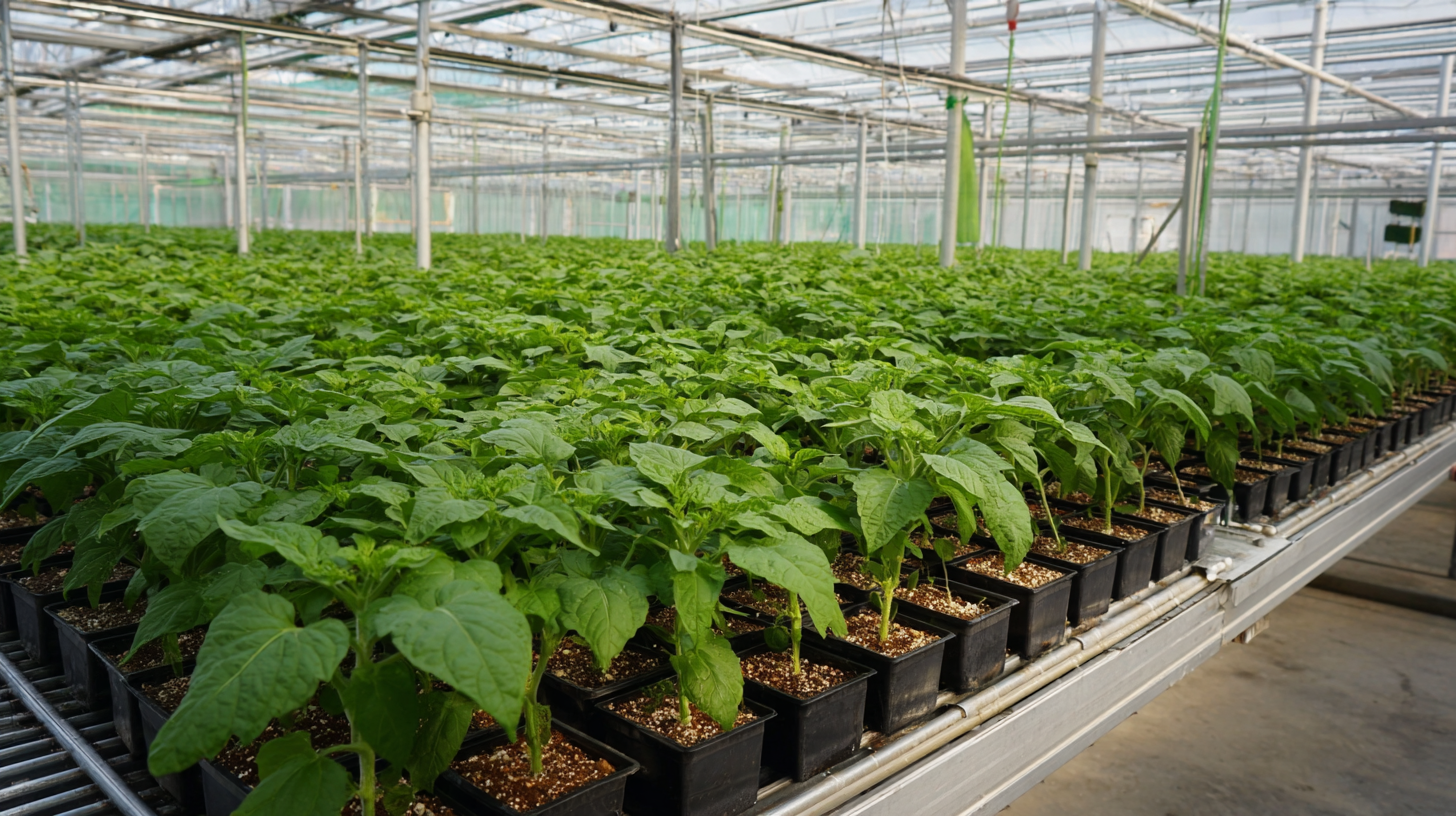 Effective pest management is crucial for maximizing yields in a commercial greenhouse setup. Integrating biological control methods with traditional pest management strategies can significantly enhance plant health and productivity. Employing beneficial insects such as ladybugs and predatory mites provides a natural way to keep pest populations in check. These organisms can effectively target aphids, spider mites, and whiteflies, reducing the reliance on chemical pesticides and promoting a more sustainable cultivation practice.
Effective pest management is crucial for maximizing yields in a commercial greenhouse setup. Integrating biological control methods with traditional pest management strategies can significantly enhance plant health and productivity. Employing beneficial insects such as ladybugs and predatory mites provides a natural way to keep pest populations in check. These organisms can effectively target aphids, spider mites, and whiteflies, reducing the reliance on chemical pesticides and promoting a more sustainable cultivation practice.
In addition to biological controls, implementing an integrated pest management (IPM) approach is essential. Regular monitoring of pest populations and plant health allows growers to identify issues early and respond swiftly. By employing traps, sticky cards, and scouting routines, farmers can gain insights into pest behavior and thresholds. Coupled with cultural practices such as crop rotation and sanitation measures, an IPM plan can create a more resilient greenhouse environment. This integrated approach ultimately leads to healthier crops, reduced pest outbreaks, and maximized yields, creating a more profitable greenhouse operation.
Related Posts
-
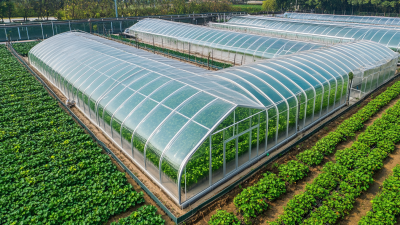
Top 10 Single Span Greenhouse Manufacturers from China at the 137th Canton Fair
-
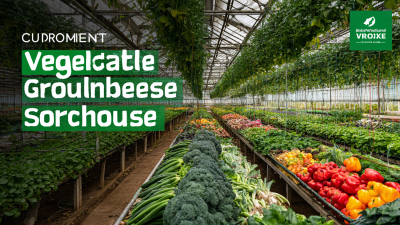
Ultimate Checklist for Sourcing the Best Vegetable Greenhouses: Key Specifications and Market Insights
-
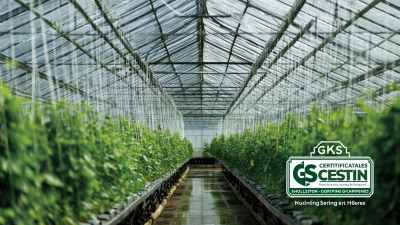
Navigating Import Export Certifications for the Best Single Span Greenhouse Success
-
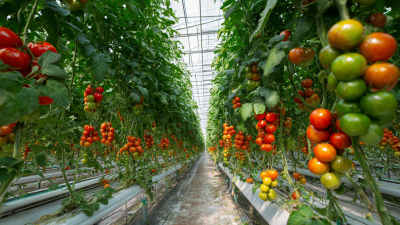
Global Market Insights on Best Vegetable Greenhouse Trends for 2025 with Real World Examples
-

7 Best Features of Gothic Greenhouses You Need to Know
-

2025 Innovations in Multi-Span Greenhouses: How to Optimize Your Agriculture Strategy
